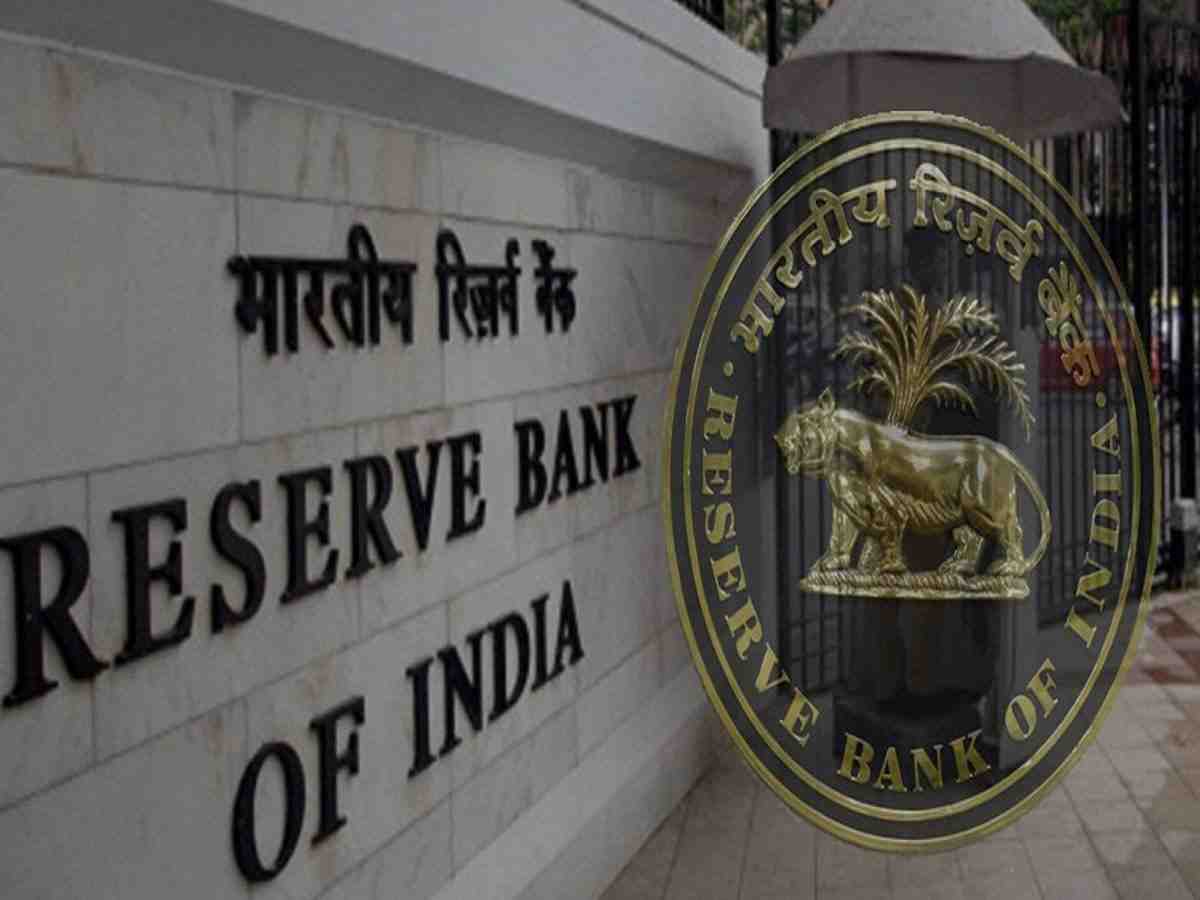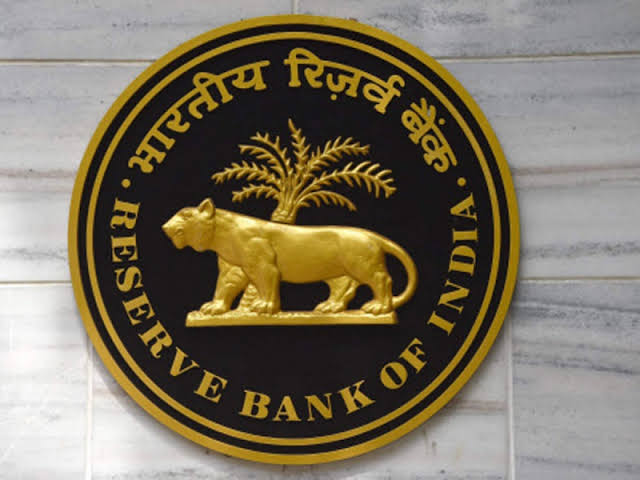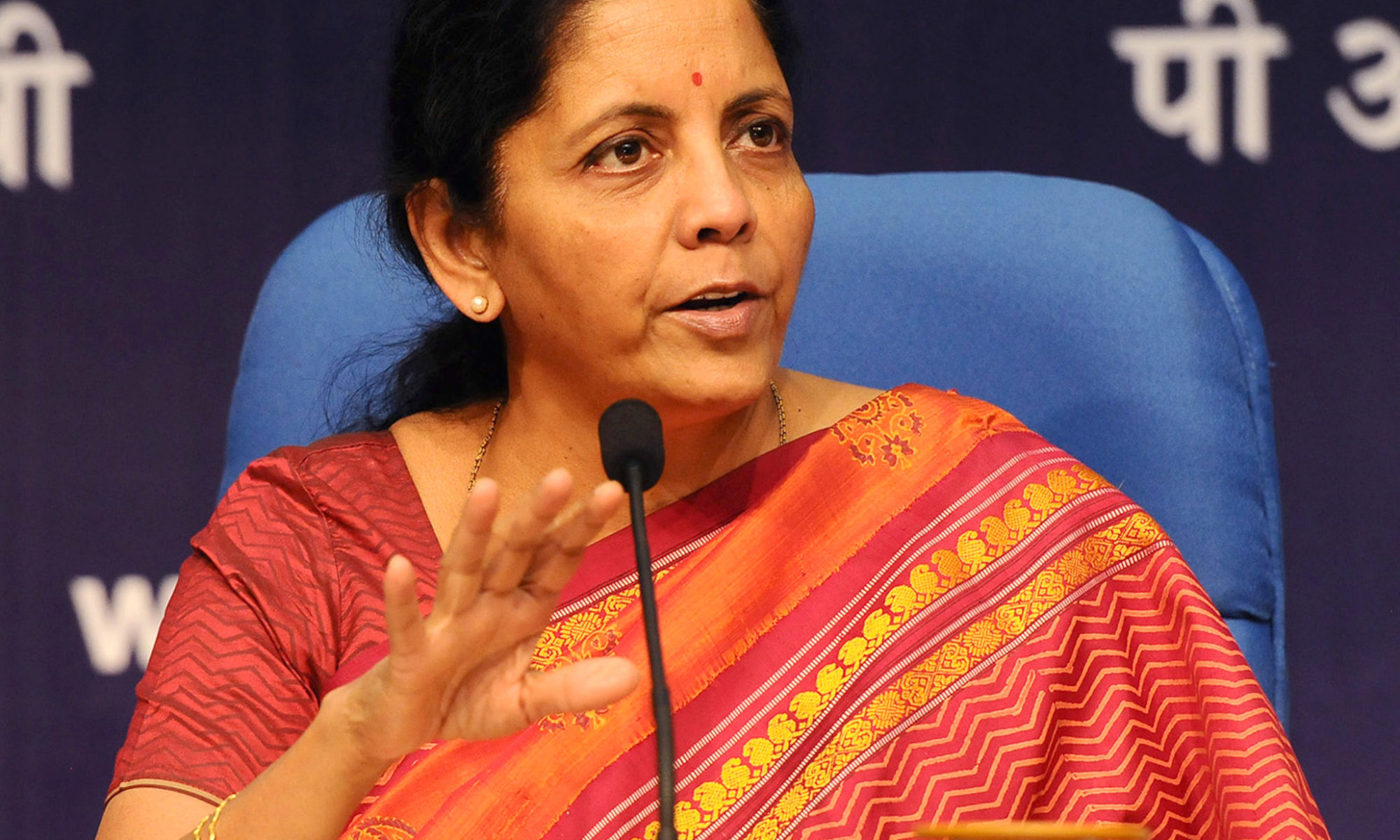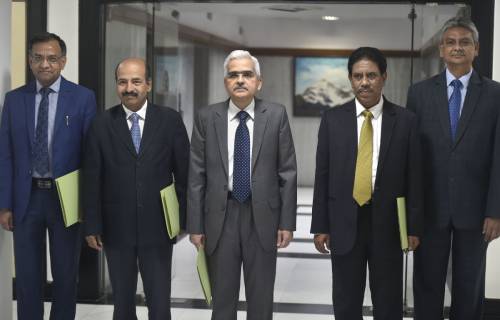Reserve Bank of India held its Monetary Policy Committee meeting on Friday where interest rates were kept unchanged. This meeting came after its bi-monthly deliberations on Wednesday amid expectations of keeping a status quo on repo and reverse repo rates due to uncertainty over the impact of the second wave of Covid-19.
RBI kept the key policy interest rates unchanged once again at record low levels, ensuring that the bank loans do not get costlier and handed out special cheap loan facility to Covid-battered contact–intensive hospitality sector. The central bank also promised to be accommodative to the needs of the economy as the country continues to emerge from the second wave of Covid-19.
Also Read: Looking at the role of the Monetary Policy Committee during the pandemic induced lockdown
RBI has maintained the Repo rate at 4 percent while the reverse repo rate has been kept at 3.35 percent. The central bank, however, trimmed down the economic growth forecast for the current fiscal 2021-22 to 9.5 percent from the earlier 10.5 percent. It projected the retail inflation to go up to 5.1 percent in the current year. RBI Governor, Shaktikant Das said that the dent on urban demand and spread of Covid19 in rural areas posed a downside risk to growth. He added that the recent fall in inflation provided enough elbow room for policy support from all sides required to regain growth momentum.
A normal monsoon would provide tailwind for economic revival, said RBI governor. To fight the impact of the pandemic’s second wave, the central bank extended a helping hand to small and medium industries and the vulnerable high contact intensive sectors. It promised to provide easy loans of Rs 15,000 crore till March 2022 with tenor period up to three years at repo rate. Targeted beneficiaries of this “easy loan scheme” include hotels, restaurants, tourism, rent-a-car services, spa clinics, beauty parlours and saloons.
RBI also extended special liquidity facility of Rs 16,000 crore to SIDBI for on-lending and refinancing to small businesses. This is in addition to the Rs 50,000 crore already announced by the central bank in April to all Indian financial institutions (AIFIs) that included SIDBI too.
RBI governor said that retail inflation is likely to be 5.1 percent during the current fiscal. The central bank has fixed the upper and lower tolerance limits for retail inflation. MPC has been given the mandate to maintain annual inflation at 4 percent until March 31, 2026, with an upper tolerance of 6 percent and a lower tolerance of 2 percent.
Also Read: RBI seeks exemption of citizen’s ‘financial Data’ from the Data Protection Law
Comments by industry experts on RBI decision
Lincoln Bennet Rodrigues, founder and chairman, Bennet & Bernard Group commented, “A rate cut would have been beneficial for the consumers and would have given a boost to current demand uptick that we have seen recently. Residential demand is reviving in the pandemic context and this needs to be fostered. However, the prevailing home loan rates which are a record low are already enticing for homebuyers. For any investor, it is a time of great opportunity and for the end-customer, it is a good time to buy. Going forward, we would also like to see reduction in stamp duty & registration charges to push demand further in the real estate sector that forms the backbone of several other sectors. We urge the government to introduce measures that truly uplift the real estate sector which also contributes significantly to the country’s economic growth.”
Ramani Sastri, chairman and MD, Sterling Developers Pvt Ltd stated, “It also goes without saying that the real estate industry’s perennial hope is fixed on lower interest rates. Any further reduction of the repo rate would have aided in ensuring adequate flow of capital in the market. However, home loan interest rates have already gone down substantially in the recent past, and are presently at an all-time low. Homebuyers will continue to take advantage of the lowest ever home loan interest rates and with the emerging need, the demand for housing is going to sustain as it is a safe-haven asset and many fence-sitters will take the plunge and make the purchase once the situation normalizes. There was a major revival in the residential sector recently despite the pandemic last year. The second wave of the pandemic may have disrupted the recovery of the real estate sector to some extent but we expect a strong revival in the second half of this fiscal and the long-term outlook remains healthy. As the states are in the process of easing lockdowns, the real estate industry would need all-around support and quick assistance to pick up their business thread again.”
What is Repo rate ? What is SIDBI?
The rate at which commercial banks borrow money from RBI by using government bonds as collateral to achieve its fiscal goals is known as the Repo rate. ‘REPO’ refers to repurchase option or agreement, and it represents a monetary tool used by the RBI to allow commercial banks to borrow money, when in need, against collaterals such as government bonds and treasury bills. The rate charged by RBI from the commercial banks for borrowing is known as the repo rate. The rate at which the central bank borrows from commercial banks is known as the reverse repo rate.
SIDBI, which stands for Small Industries Development Bank of India, is an independent financial institution aimed at aiding the growth and development of Micro, Small and Medium Enterprises (MSMEs) in the country. MSMEs contribute significantly to the national economy in terms of production, employment and exports. SIDBI has a mission of facilitating and strengthening the flow of credit to Micro, Small and Medium Enterprises and for addressing the developmental and financial gaps in the ecosystem of MSMEs
This financial institution is a statutory body set up under an act of the Indian Parliament in 1990, and aims at emerging as a single-window to meet the developmental and financial needs of MSMEs in order to make them globally competitive, strong, and vibrant.








